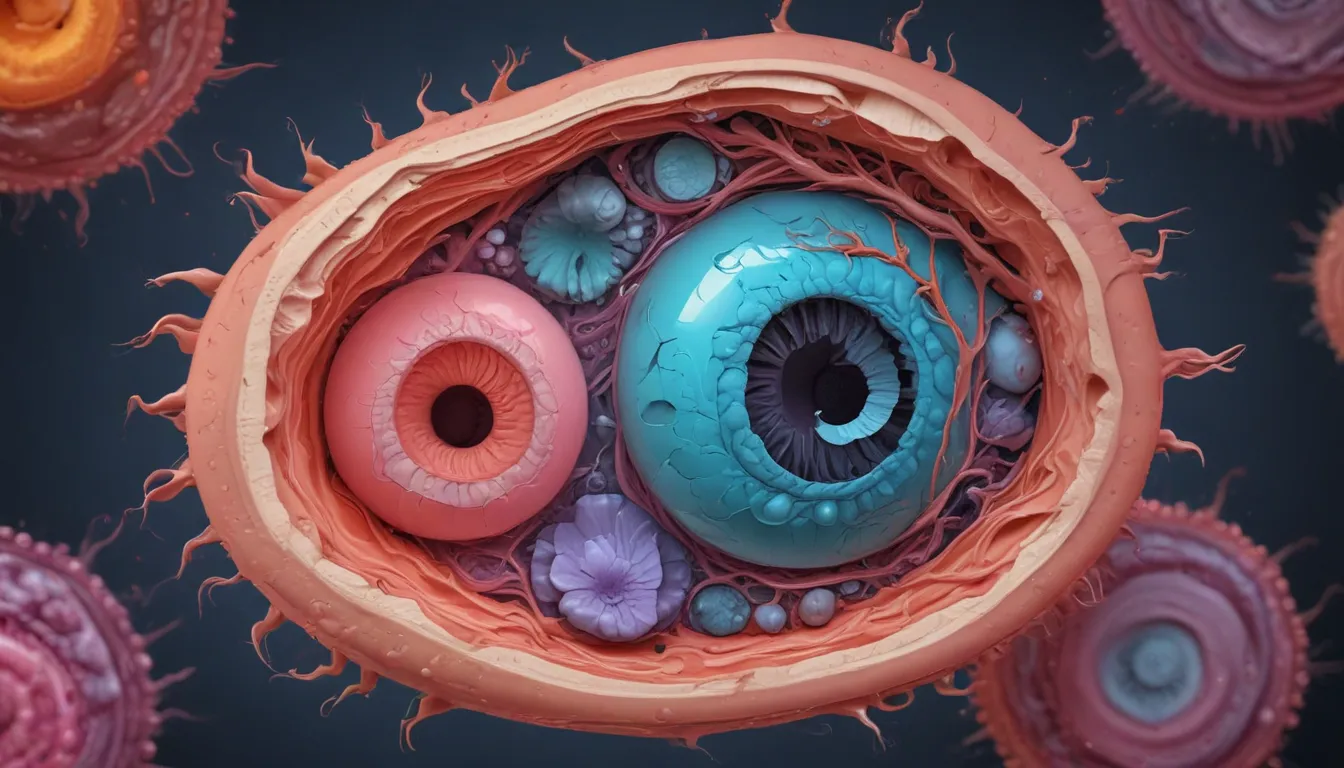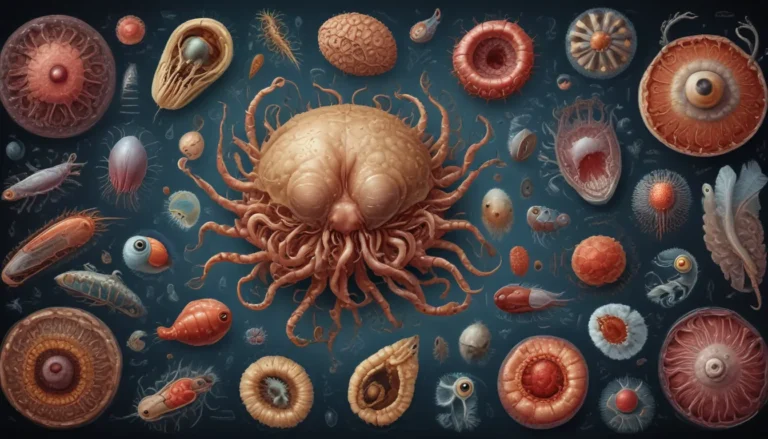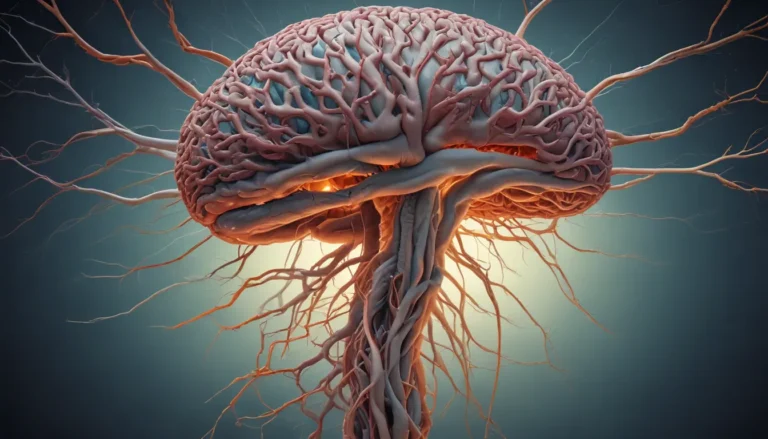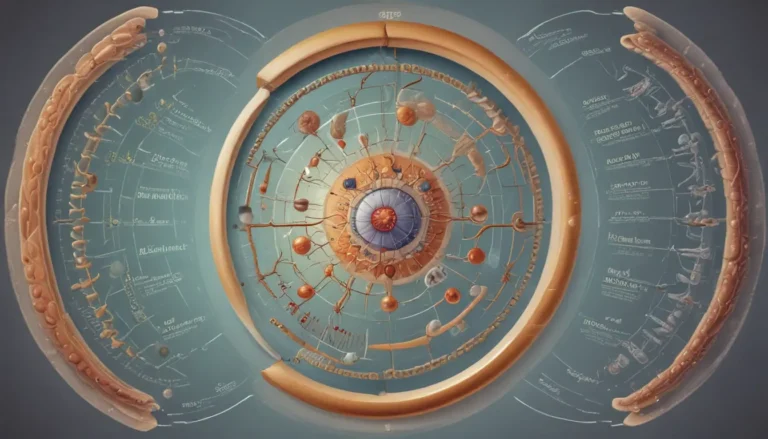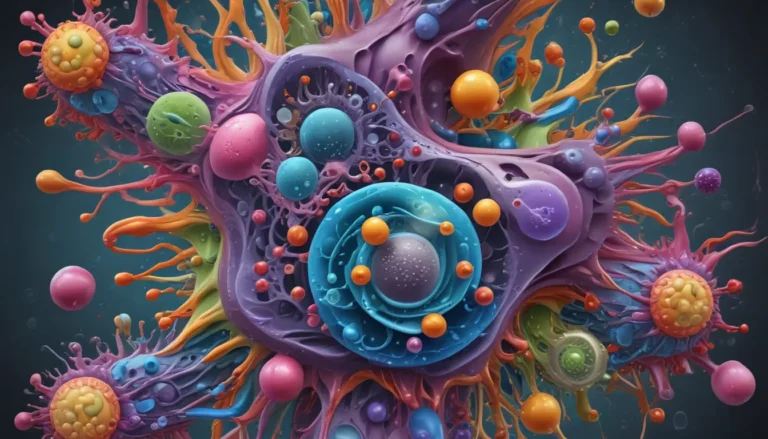A Note About Images: The images used in our articles are for illustration purposes only and may not exactly match the content. They are meant to engage readers, but the text should be relied upon for accurate information.
Embryogenesis, the process by which living organisms develop from a single cell into complex structures, is a captivating and intricate journey that shapes the future of every being on Earth. From the miraculous formation of three germ layers to the development of major organs, embryogenesis showcases the extraordinary intricacies and wonders of life itself. In this article, we will delve into eight astounding facts about embryogenesis that highlight the remarkable mechanisms driving this developmental process and contributing to the diversity and complexity of life.
Unveiling the Astonishing Facts of Embryogenesis
Embryogenesis is a breathtaking voyage that unfolds in stages like fertilization, cleavage, and gastrulation, ultimately transforming a single cell into a fully formed organism. Let’s explore the key takeaways that shed light on the incredible journey of embryonic development.
- Embryogenesis: It is the awe-inspiring process through which living organisms develop from a single cell and evolve into complex structures.
- Genetic Blueprint: Hox genes and signaling pathways play crucial roles in ensuring the correct development of body structures and organs.
- Embryonic Development: It is a time-consuming and complex process that varies in duration among different species.
- Environmental Influences: Teratogens are external factors that can impact the healthy development of the embryo.
The Marvelous Beginning: Fertilization
Embryogenesis commences with the marvel of fertilization, where the sperm and egg merge to form a zygote, initiating a rapid series of cell divisions that lead to the creation of an embryo.
From One to Many: Cleavage
During the cleavage stage, the zygote undergoes multiple rounds of cell division, resulting in the formation of a blastula comprising smaller cells called blastomeres that eventually give rise to various tissues and organs.
The Enchanting Dance of Gastrulation
Gastrulation marks a critical phase in embryogenesis, where the blastula transforms into a gastrula, with cells rearranging and differentiating into three distinct layers – ectoderm, mesoderm, and endoderm, laying the foundation for various organ systems.
Deciphering the Genetic Code: Hox Genes
Hox genes, the architects of embryogenesis, orchestrate the development of body structures and organs, ensuring their correct positioning and shaping. Alterations in Hox genes can lead to significant developmental abnormalities.
Harmonizing Cell Communication: Signaling Pathways
Signaling pathways, like Notch, Wnt, and Sonic Hedgehog, facilitate precise communication between cells during embryogenesis, regulating cell fate and tissue patterning to ensure the development of diverse tissues and organs.
Crafting the Form: Morphogenesis
Morphogenesis is the exquisite process through which the developing embryo acquires its characteristic shape and structure through cell movements, changes in cell shape, and tissue rearrangements.
Nurturing Embryonic Development
Embryonic development unfolds over a specific period, ranging from a few hours to several months, with each stage bringing new changes and milestones to the growing embryo as it progresses towards maturity.
Safeguarding Development: Teratogens
The developing embryo is susceptible to teratogens, external factors such as drugs, chemicals, infections, or radiation that can cause birth defects. Understanding and avoiding these agents are crucial for ensuring the healthy development of the embryo.
Embryogenesis is a captivating process that embodies the complexity and beauty of life itself, shaping the intricate organisms that inhabit our planet. By unraveling the astonishing mechanisms behind embryogenesis, we gain insights into our existence and pave the way for advancements in regenerative medicine and developmental biology.
Unravel the Mysteries of Embryogenesis with Growth Factors
Embryogenesis unveils the remarkable beginning of life’s journey. Dive deeper into the world of growth factors and their profound impact on cellular processes, uncover the secrets of the transformative stage of gastrulation, and be amazed by the intricate role of the BMP signaling pathway in shaping embryonic structures. Each topic offers a captivating glimpse into the dance of life, from the microscopic to the magnificent.
FAQ: Answering Your Queries on Embryogenesis
- Embryogenesis: The process by which a fertilized egg develops into a multicellular organism through stages of cell division, differentiation, and morphogenesis.
- Duration: Varies among species, approximately 9 months in humans from fertilization to birth.
- Genetics: Crucial in determining the genetic blueprint guiding cell, tissue, and organ development.
- Environmental Factors: Can influence embryogenesis and lead to developmental abnormalities.
- Medical Research: Significance in understanding birth defects, developing new therapies, and regenerating tissues.
Embryogenesis is a mesmerizing journey that unlocks the secrets of life’s creation. Join us in exploring the wonders of embryonic development and delving into the mysteries that shape the intricate beings we become. Trust in our commitment to delivering accurate and engaging content as you embark on this enlightening voyage of discovery.
